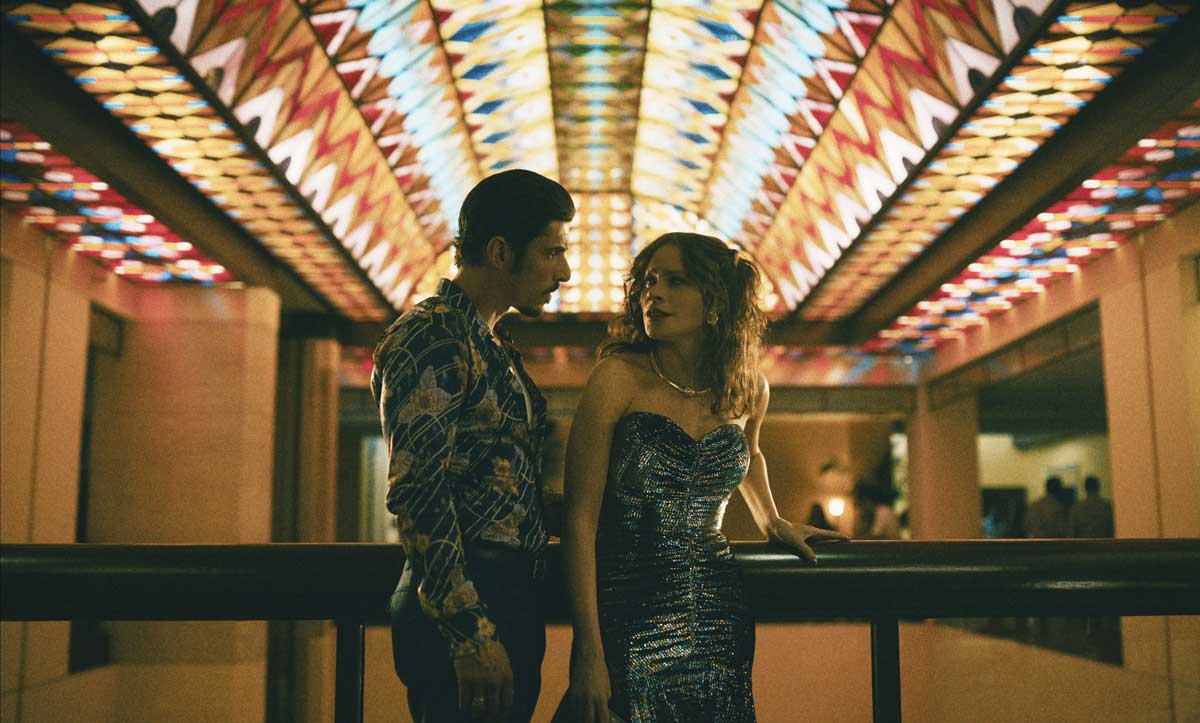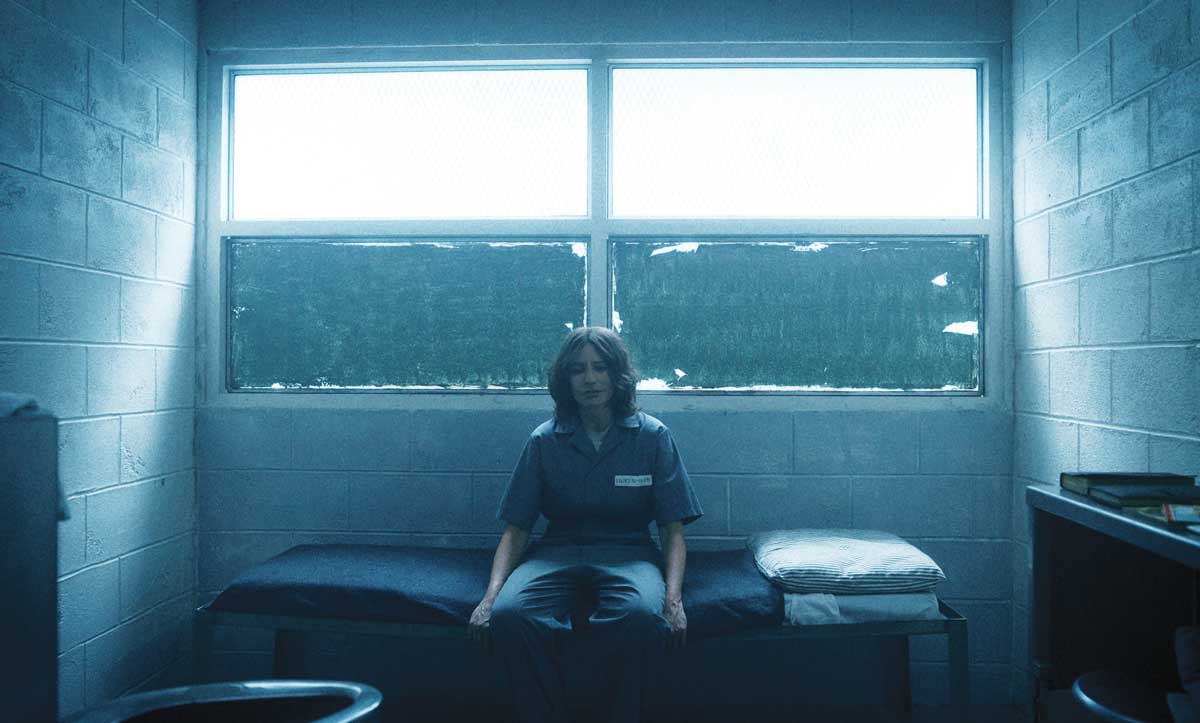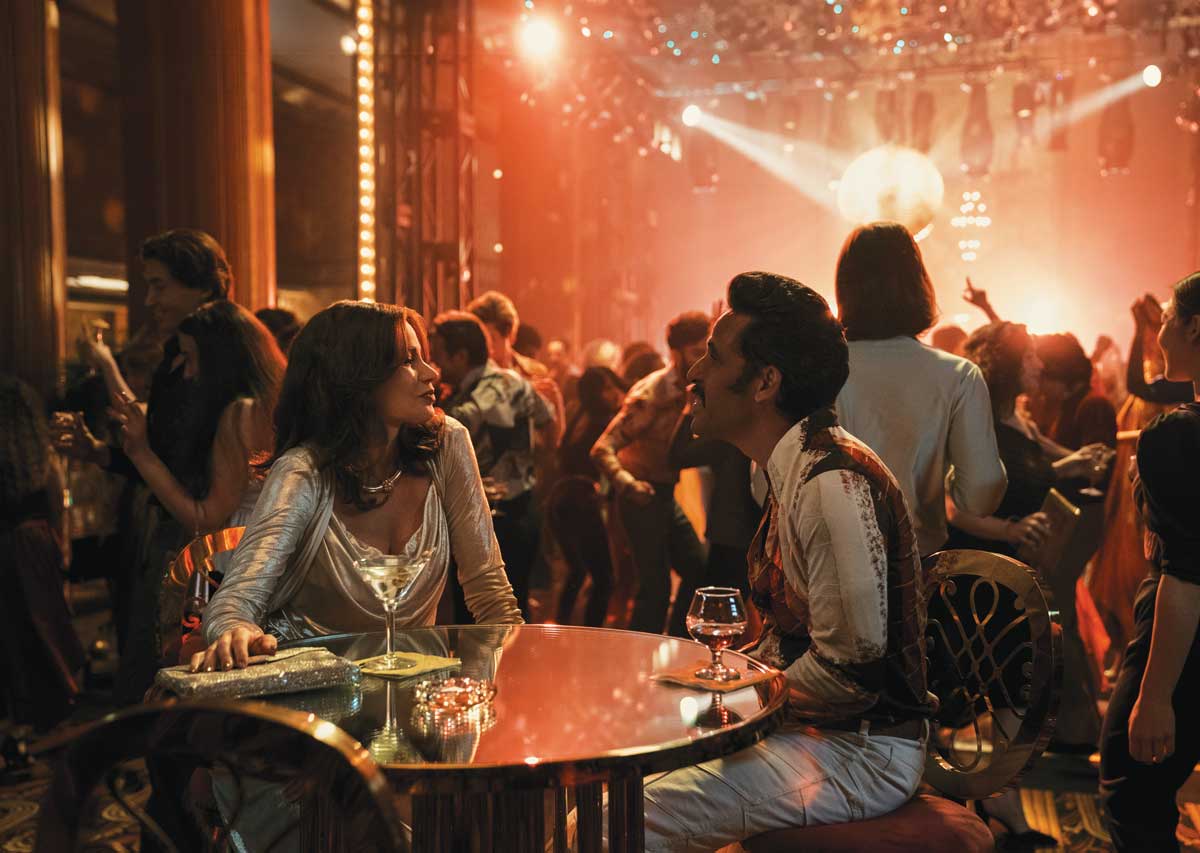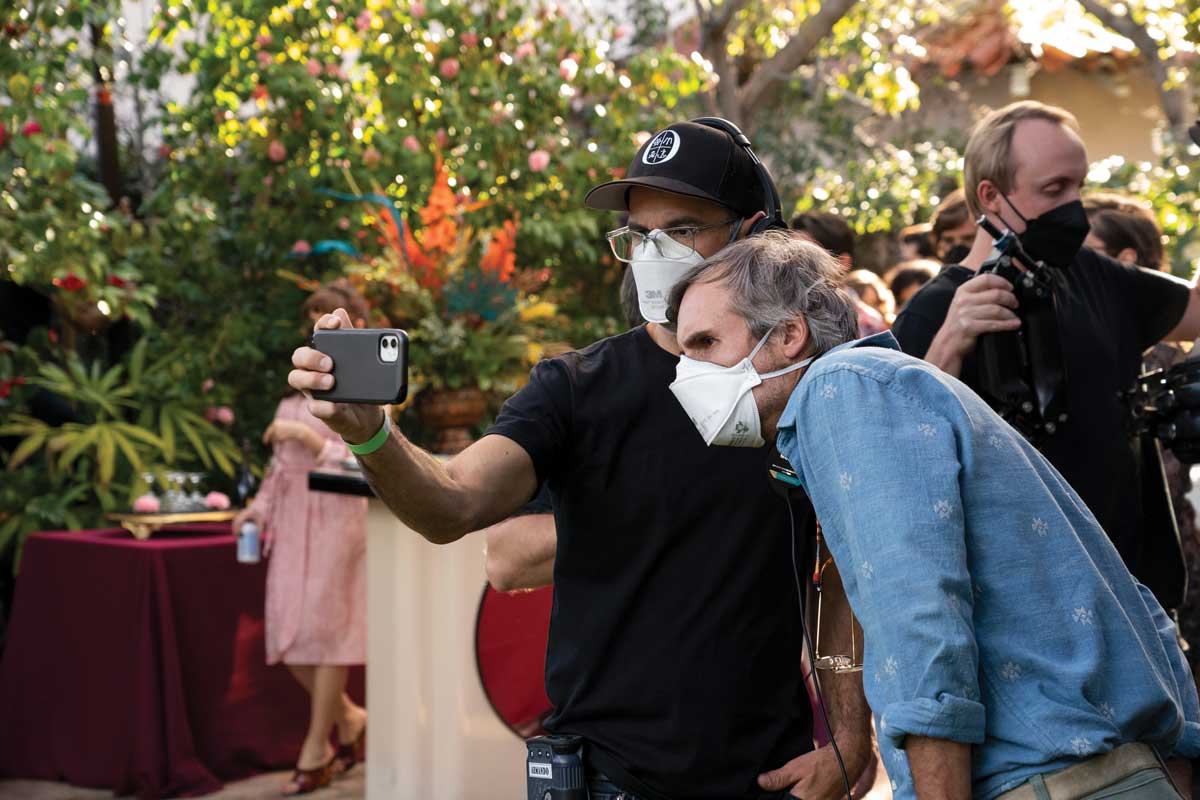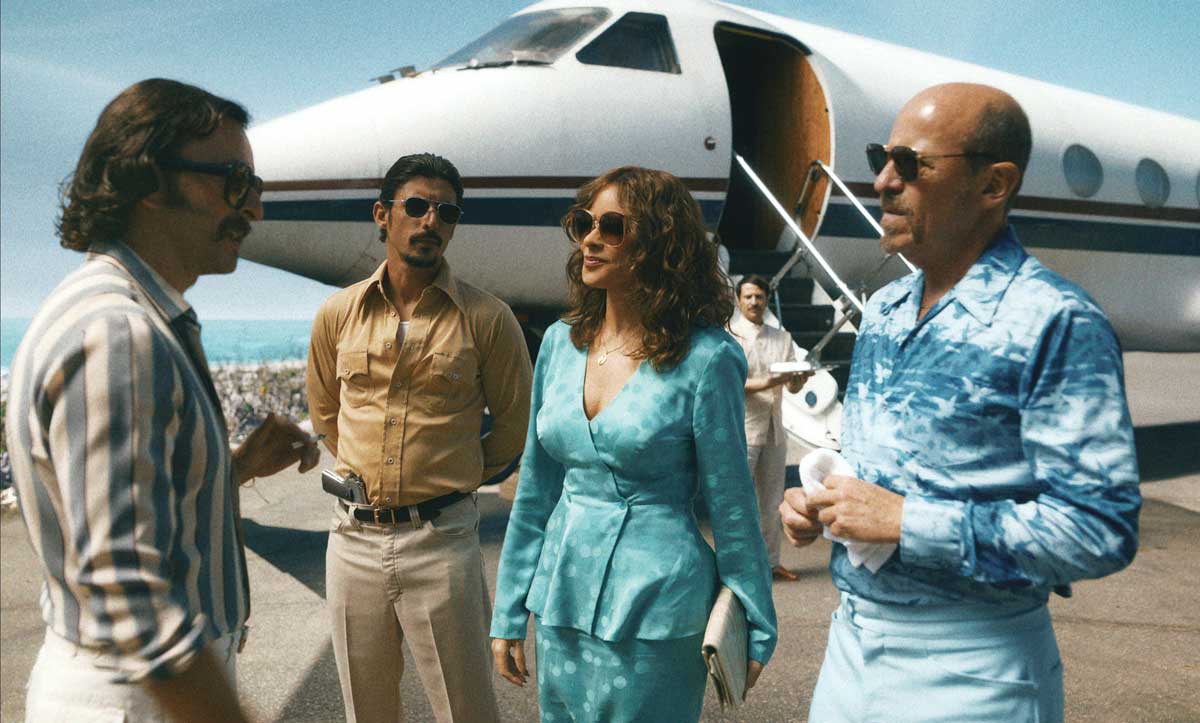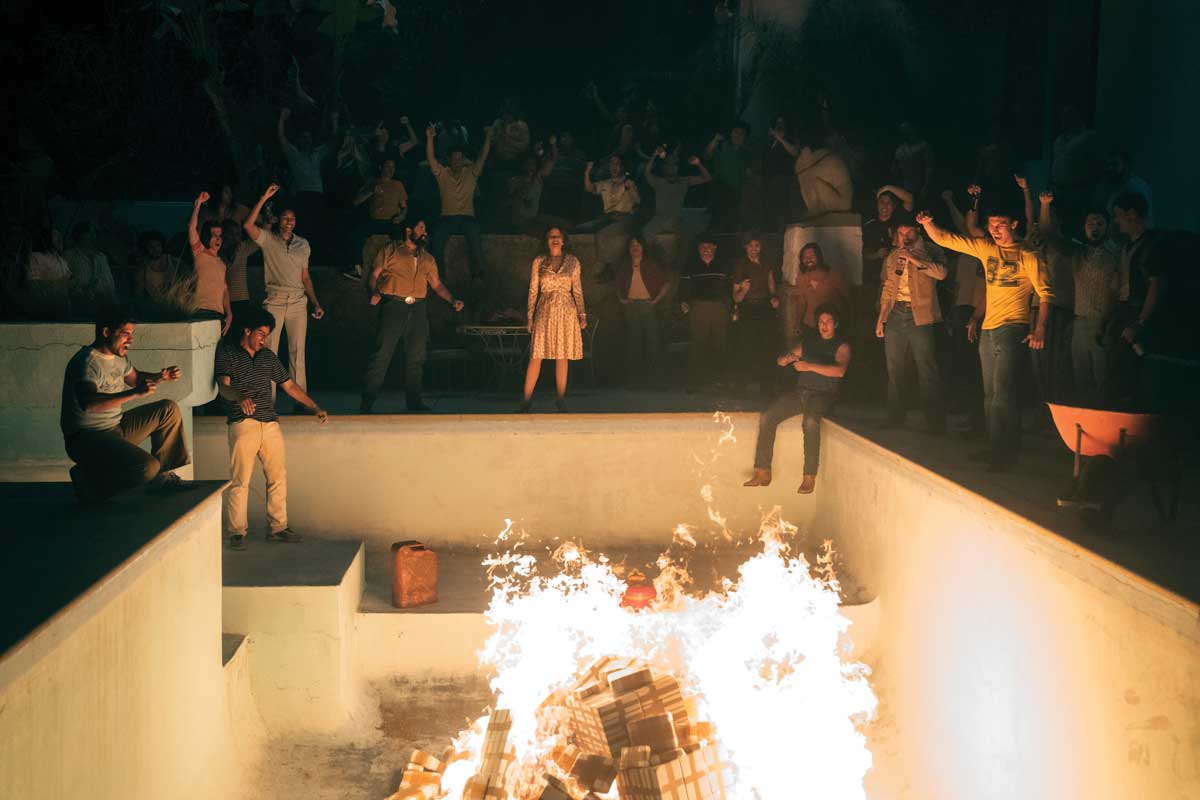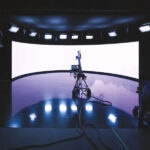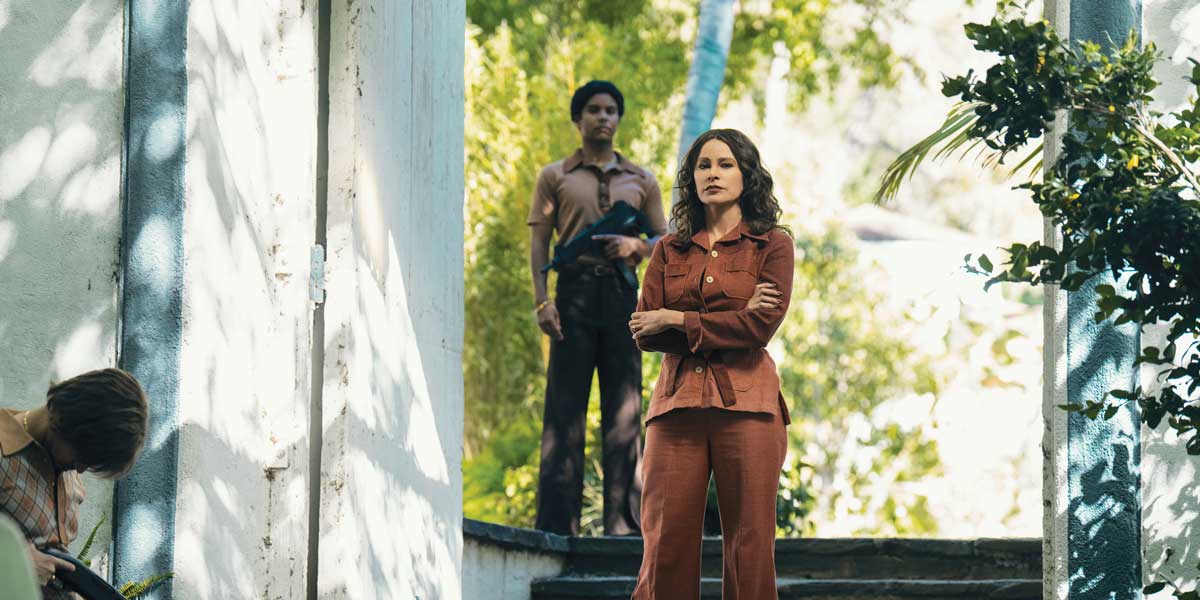
Griselda
Posted on Apr 4, 2024 by Samara Husbands
The Godmother
Griselda, the hit Netflix series inspired by the life of cocaine kingpin Griselda Blanco, blends seventies glamour and gruesome gang warfare. Cinematographer Armando Salas, ASC tells Nicola Foley about creating the show’s drop-dead-gorgeous look
In the opening scenes of Griselda, its glamorous antihero – a fictionalised version of real-life drug lord Griselda Blanco – is struggling.
A bullet wound in her side, a murdered husband in her wake, and nothing to her name except three kids and a kilo of cocaine, she arrives in Miami determined to start anew.
From there, she begins her ascent to the top of the city’s drug chain, ruthlessly taking out rivals and accumulating money, power and an army of ‘Marielitos’ (Cuban refugees) to do her brutal bidding on the streets.
At the height of her reign, Blanco was the kingpin in one of the most profitable and notorious drug cartels in history.
A central figure in the flow of cocaine between Columbia and US cities, ‘The Godmother’ loomed large in the Miami drug wars of the seventies and eighties, amassing a vast empire and turning over tens of millions of dollars a month.
It’s a story that showrunner Eric Newman – who’d already immersed himself in the grisly world of cocaine trafficking on Narcos – couldn’t resist.
Joined by fellow Narcos alumni Andrés Baiz, who directs all six episodes, and co-creator Doug Miro, Sofia Vergara steps into the position of executive producer as well as leading the cast with a powerhouse performance.
Lensing duties were given to cinematographer Armando Salas, ASC (Ozark, The Terminal List), who had first set foot in Griselda Blanco’s universe on an earlier project.
“I don’t know if Andi [Baiz] was aware at the time or not, but I had shot Cocaine Cowboys 20 years earlier, so I already knew of the story,” shares Salas.
During production for the 2006 documentary – which chronicles Miami’s drug trade in the eighties – he had even visited Blanco’s hitmen Rivi and Miguelito in federal prison, interviewing them as research while they served their life sentences. “I was very familiar with the world, some of the players – and with Griselda herself,” he explains.
That Seventies Look
Across its six parts, the show does an incredible job of transporting us to seventies (and later eighties) Miami, exquisitely capturing the era’s gritty glamour in a haze of cigarette smoke and sequins.
The note-perfect period setting was the result of a huge amount of work from the team, which took advantage of a lengthy pre-production phase in part caused by the pandemic.
Director and DOP collaborated closely with the production designer (Knut Loewe) and costume designers (Sarah Evelyn and Safowa Bright Bitzelberger) for months before the cameras started rolling, collecting newspaper clippings, polaroids and other reference points until they were ‘steeped in it’.
“The world-building, based on the research, was one part of it – but the other aspect was unifying all this in the look, lensing and colour palette that our digital film stock was going to create,” shares Salas. “I shot tests which I then presented back to the art and costume departments. Since it was a painterly interpretation of the real-world colours, there were certain bands of the spectrum that weren’t going to render accurately. It was making sure everyone knew how the colours would skew, and creating a unified look inspired by the seventies, but our own version of it – and we needed people to buy into this. It was important that the truth and essence of the world was accurate to itself.”
The palette changes slightly as the narrative enters the eighties, so the team created two LUTs – one for 1978 and one for 1983 – with each capturing the visual influences of the respective eras.
Then it was time to build in the halation and grain, with Salas previewing the look live on-set, and embedding it into the dailies and VFX workflow to ensure it was ‘very much ingrained into the project’.
In episode 4, Griselda takes a bath in her palatial Palm Beach home, and we see a huge mural of Salome by German artist Franz von Stuck, depicting the princess dancing with joy as she’s given the head of John the Baptist.
The painting formed a part of the team’s reference wall and served as a huge inspiration to Salas. “It had this incredible combination of gold and green; I was fine-tuning the LUT during hair, makeup and wardrobe tests and that became an important ingredient of the look.
There was an olive tint to the shadows and we incorporated a lot of gold into the highlights, by shifting amber hues more towards yellow in our lighting fixtures.
We also looked at a photographer from the time period in Miami called Andy Sweet. That was more inspirational in terms of finding locations which felt like those pictures. It was a nice guide for us.”
In The Frame
Adding to Griselda’s unique look is the 1.66:1 aspect ratio, a lesser-used choice which allows for powerful close-ups. “We wanted the ability to isolate Griselda and centre her, without having to get too close,” explains Salas. “So we can be in a medium-wide lens and either back up enough to include other characters or isolate her in the frame – and that was much easier to do in 1.66:1 than it would have been in a widescreen aspect ratio.
“It also inspired us to think in this aspect ratio that we hadn’t really explored before, and to reinterpret the world that way – because we had both just done a lot of widescreen work. Lastly, it felt very close to the golden ratio, and it felt like many of the seventies photographs that we were looking at were more in line with that aspect ratio than with widescreen, for example.”
Glass Act
Salas tested everything from sharp, modern lenses to true vintage glass, paired with a variety of cameras – eventually selecting the RED V-RAPTOR 8K VV (so new at that point it wasn’t even on the shelves yet) teamed with Panavision Panaspeed lenses.
“What was great about that combination is that the RAPTOR is a very small camera. I knew that we would be shooting mostly in practical locations – and off a compact remote head – so it made for an incredibly small footprint. But, equally, we could quickly go from studio mode to Steadicam to remote head to Technocrane back to dolly. My AC was able to make a functional, fast-moving camera build,” he enthuses.
On the lens front, Salas adored the Panaspeeds’ pleasant rendering of skin tones, but also their consistency from lens to lens, mechanically and optically – something that likely wouldn’t have been possible with a true vintage lens. “It gave me comfort because I knew I was going to be very aggressive with the lighting and contrast ratios,” he shares.
Lessons Learned
Looking back on the project, Salas is especially proud of the cohesiveness of the final look and the way it came together visually. “When Griselda is at Mutiny, for example, there are all these mosaic ceiling pieces with copper and gold, and all these interactive lights. There’s a lot going on, but it’s the same LUT, camera and lensing as when we’re shooting June’s storyline, which is much more austere. She’s confined by the lines and architecture of the homicide department, the colours are subdued – that’s all being executed in terms of lighting, colour of the light, wardrobe, set dressing, location choices. So you have these drastically different looks that progress over the course of the show, but it’s woven into the fabric of the scene. I’m proud that, from the most austere to the most lavish moments in terms of colour and lighting, they feel authentic.”
As his first large project shooting on a RED camera, and his first time using Panaspeeds, Salas was keen to step out of his comfort zone on Griselda – something he sees as essential to creative development. “A lesson I keep trying to teach myself is to take chances and be bold,” he concludes. “If you are being true to the story and the vision of the director, it’ll pay off.”
This feature was first published in the April 2024 issue of Definition.


